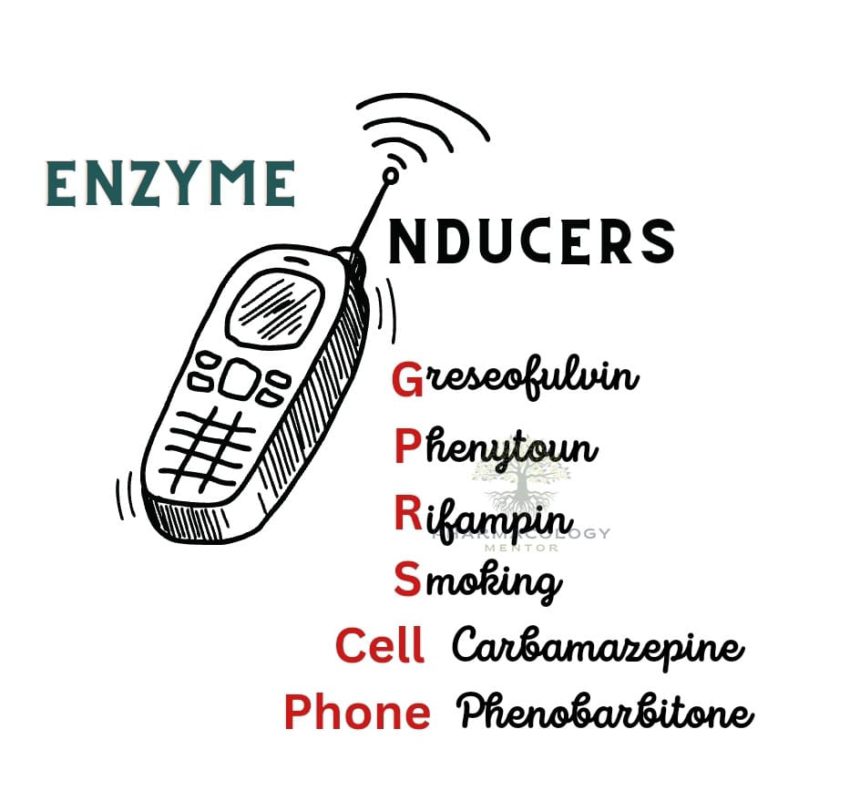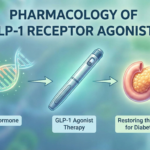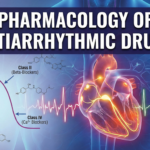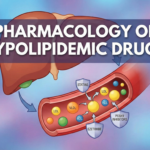Introduction
Enzyme inducers play a significant role in drug metabolism, affecting the efficacy and safety of various medications. In this comprehensive guide, we will delve into the intricacies of enzyme inducers, explore their mechanisms of action, and provide relevant examples. By the end of this article, you will have a solid understanding of enzyme inducers and be equipped with the knowledge necessary to optimize pharmacological treatments.
Understanding Enzyme Inducers
Enzyme inducers are substances that enhance the activity of specific enzymes responsible for drug metabolism within the body. These enzymes are primarily found in the liver and are crucial for the breakdown and elimination of drugs from the system. By increasing enzyme activity, enzyme inducers can accelerate drug metabolism, leading to faster drug elimination and potentially reducing their therapeutic effects.
Mechanisms of Action
Enzyme inducers exert their effects by interacting with nuclear receptors, particularly the pregnane X receptor (PXR) and constitutive androstane receptor (CAR). Activation of these receptors by inducers leads to the upregulation of various drug-metabolizing enzymes, including cytochrome P450 enzymes (CYPs). The induction of CYPs enhances the breakdown of drugs, facilitating their elimination from the body.
Examples of Enzyme Inducers
1. Rifampin
Rifampin, an antibiotic commonly used to treat tuberculosis and other bacterial infections, is a well-known enzyme inducer. It activates the pregnane X receptor, leading to the induction of multiple drug-metabolizing enzymes, including CYP3A4. This induction can result in the increased metabolism of numerous medications, affecting their therapeutic efficacy.
2. Carbamazepine
Carbamazepine, an antiepileptic medication used to treat seizures and certain mood disorders, is a potent enzyme inducer. It activates the constitutive androstane receptor, leading to the upregulation of multiple drug-metabolizing enzymes, including CYP3A4 and CYP2C9. This induction can significantly impact the metabolism of various drugs, affecting their therapeutic effectiveness.
3. Phenytoin
Phenytoin, another antiepileptic drug widely used to control seizures, is known for its enzyme-inducing properties. It activates both the pregnane X receptor and the constitutive androstane receptor, resulting in the induction of several drug-metabolizing enzymes, including CYP2C9 and CYP2C19. This induction can influence the metabolism of numerous medications, potentially altering their therapeutic outcomes.
4. Griseofulvin
Griseofulvin, an antifungal medication used to treat fungal infections, is known for its enzyme-inducing properties. It activates the pregnane X receptor (PXR), leading to the induction of several drug-metabolizing enzymes, particularly cytochrome P450 3A (CYP3A). This induction can result in the increased metabolism of various medications, potentially affecting their therapeutic efficacy.
5. Phenobarbital/phenobarbitone
Phenobarbital, a barbiturate medication primarily used as an antiepileptic, is a potent enzyme inducer. It activates both the constitutive androstane receptor (CAR) and the pregnane X receptor (PXR), resulting in the upregulation of multiple drug-metabolizing enzymes, including cytochrome P450 2B (CYP2B) and cytochrome P450 2C (CYP2C). This induction can significantly impact the metabolism of numerous drugs, potentially reducing their plasma concentrations and altering their therapeutic outcomes.
6. St. John’s Wort
St. John’s Wort, a popular herbal supplement used for its purported antidepressant properties, is also known for its enzyme-inducing effects. It activates the pregnane X receptor, resulting in the induction of various CYP enzymes, notably CYP3A4. This induction can lead to the accelerated metabolism of several medications, potentially reducing their therapeutic efficacy.

Conclusion
Enzyme inducers play a crucial role in drug metabolism and can significantly impact the efficacy and safety of pharmacological treatments. Understanding the mechanisms of action and examples of enzyme inducers is essential for healthcare professionals, researchers, and students in the field of pharmacology. By recognizing the potential interactions between enzyme-inducing drugs and other medications, healthcare providers can optimize treatment plans and minimize the risk of adverse effects. Stay informed, consult reputable sources, and continue expanding your knowledge to navigate the intricate world of pharmacology successfully.
Disclaimer: This article is for informational purposes only and should not be taken as medical advice. Always consult with a healthcare professional before making any decisions related to medication or treatment.
📚 AI Pharma Quiz Generator
🎉 Quiz Results
Medical Disclaimer
The medical information on this post is for general educational purposes only and is provided by Pharmacology Mentor. While we strive to keep content current and accurate, Pharmacology Mentor makes no representations or warranties, express or implied, regarding the completeness, accuracy, reliability, suitability, or availability of the post, the website, or any information, products, services, or related graphics for any purpose. This content is not a substitute for professional medical advice, diagnosis, or treatment; always seek the advice of your physician or other qualified health provider with any questions you may have regarding a medical condition and never disregard or delay seeking professional advice because of something you have read here. Reliance on any information provided is solely at your own risk.









